Concert Review: Garrick Ohlsson/ Musica Viva
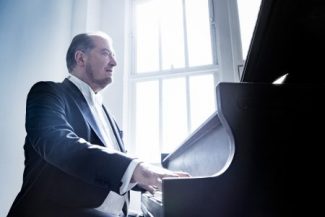
Garrick Ohlsson/ Musica Viva
City Recital Hall, Sydney
24 February 2020
American pianist Garrick Ohlsson’s electrifying second Sydney recital for Music Viva was, in some ways, the story of the Romantic piano. Performing the music of just two 19th century composers, Chopin – with whose music Ohlsson has had a lifelong affiliation – and Brahms, the recital repertoire in a reversal of chronology, started with Brahms’ Two Rhapsodies, opus 79 written in 1879. Then followed the Seven Fantasias opus 116, (1892) and the bravura Variations on a Theme of Paganini, Opus 35 bk 2. (1863). After the interval we saw a glimpse of heaven with Ohlssohn playing Chopin’s Nocturne in B flat minor op 9 no 1 (1830-32) and his Piano Sonata no 3 in B minor opus 58 (1844).
Ohlsson was born in New York in 1948. Aged 8, he began his piano studies and at 13, he moved to study at the Juilliard School. His most crucial learning, however, came from Olga Barabini, a pupil of both Arrau and Hofmann. Ohlsson won the Busoni competition in 1966 and in 1970, became the first American to win the Warsaw International Chopin Competition, where the audience applauded him through no less than 12 encores.
Brahms and Chopin lived at the time that the pianoforte, reputedly invented in 1698 by Cristofori, was developing and changing in remarkable ways. As well as being able to play soft and loud, having a bigger keyboard and increasingly reliable tuning, a broader spectrum of dynamics and tonal possibilities, created a diversity of moods and styles. A sustained lyrical sound and colouring with the pedal added to the new features which inspired composers to write music that was complex and varied and which pushed the boundaries of the instrument. It was a symbiotic relationship. The “Romantic piano” inspired new ways of writing; the Romantic composers needed an instrument that could respond to their needs.
Who better than Garrick Ohlsson to bring this music to life in the 21st century? Performing on a Steinway concert ‘grand,’ the gentle giant held his audience spellbound with a dazzling display of virtuosic playing. Ohlsson’s instinct for the music, technical brilliance and intellect, facilitated by his physique, make a rare combination. Ohlsson is 193 cm tall, (6’4”) with a legendary hand span that stretches a 12th in his left hand and an 11th in his right. His knees barely fold under the keyboard.
Ohlsson has said, in the programme notes, that he is not sure that he and Chopin would get along if the two were to meet. Ohlsson describes Chopin as a royalist who was fond of the finer things in life, whilst asserting that he is more middle-class. That would not be the only contrast. Chopin was 5‘ 7 “ tall, weighed as little as 44 kg at times and was described by his biographer Niecks as being small made with a delicate skin.
It was fitting that the evening was hosted by Musica Viva’s newly appointed Artistic Director, Paul Kildea, who recently released an engrossing book Chopin’s Piano, the tale of which is woven around the Romantic piano.
After the programmed items, the audience was treated to three encores – the Mazurka in C# minor, opus 50 no 3, the Revolutionary Etude, opus 10, no12, and the simple beauty of the Prelude, No. 7, Op. 28 in A Major – and a Q and A led by Kildea.
It is already an unforgettable highlight of the year to have heard Garrick Ohlsson, who along with the likes of Rubinstein, Richter, Benedetti, Argerich and Cortot, will be remembered as one of the greatest interpreters of Chopin.
Shamistha de Soysa for SoundsLikeSydney©
Garrick Ohlsson’s national tour for Musica Viva continues with concerts in Adelaide on 2 March, Brisbane on 27 February and Melbourne on 29 February.

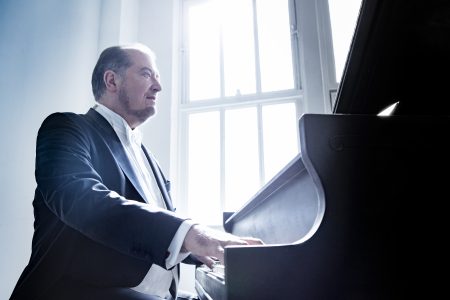

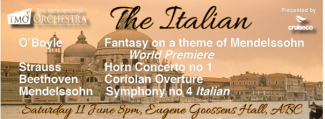
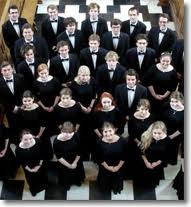
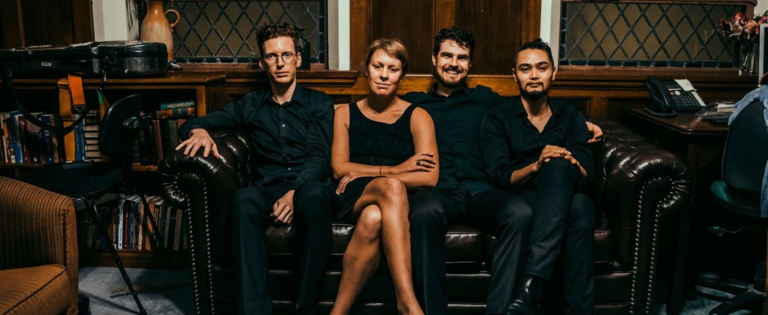
One Comment